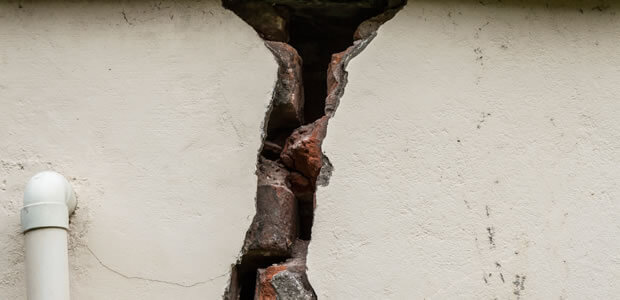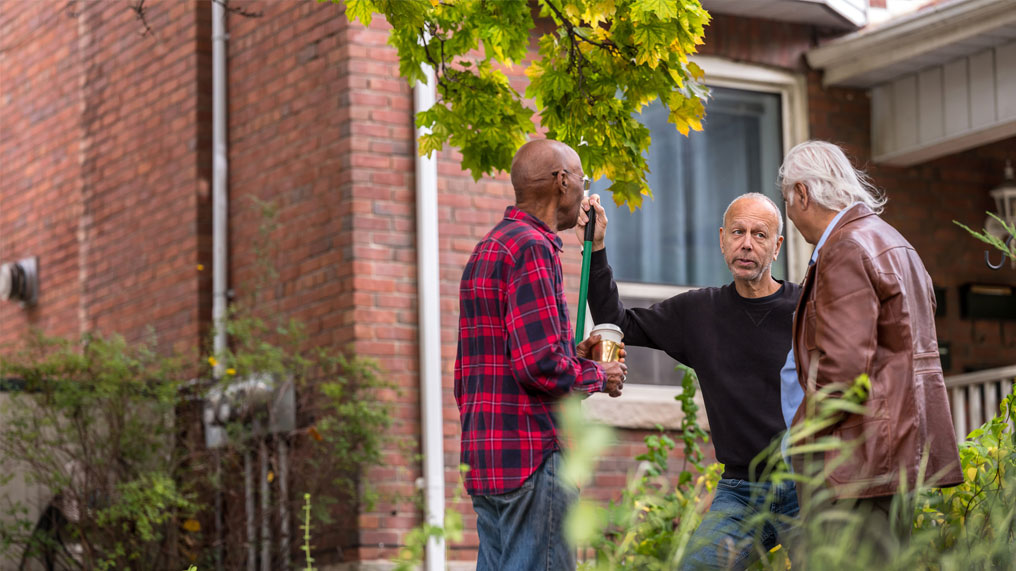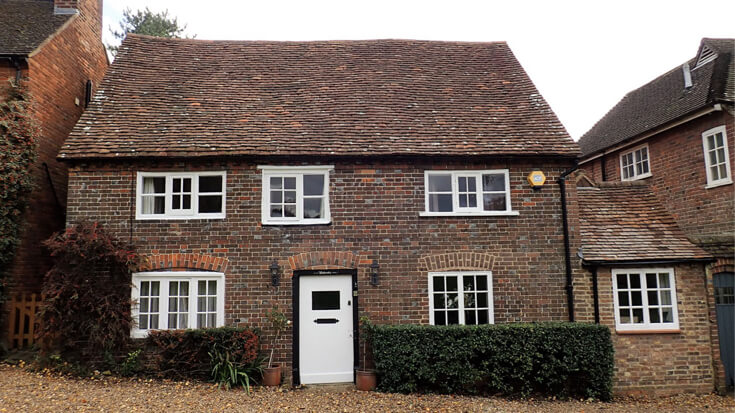We've all heard nightmare stories about subsidence. Fortunately, it's a problem that only affects a minority of people. However, it's worth being prepared.
Putting subsidence into perspective
-
Subsidence is mainly a problem in areas with clay soil – notably south of an imaginary line between Bristol and Hull.
-
The main areas affected are London and the South East, but even in this part of the country, only one in 50 houses has suffered subsidence problems over the last 30 years.
Most home insurance policies will cover the damage resulting from subsidence. You can reduce the risk to your property by knowing what to look out for and taking some simple preventative measures.
What is subsidence?
Subsidence is caused when a building’s foundations sink because the soil is unstable. Contributory factors are clay soil, vegetation that draws water from the soil, and leaking drains. ‘Heave’, on the other hand, is when the ground swells because of increased moisture, causing the foundations to rise.

What are the warning signs of subsidence?
The first obvious signs are cracks, but most houses suffer cracking, so don’t be alarmed by every crack that appears. The damage is usually cosmetic and can be repaired with grout or sealant. Many cracks result from settlement, when a building moves under its own weight in its first few years. These are usually nothing to worry about.
However, watch out for small, usually diagonal cracks suddenly appearing in plasterwork around doors and windows or between different parts of the property, especially after long periods of dry weather. They are normally at least 1mm wide and are usually wider at the top than at the bottom.
If you’re at all worried, contact your buildings insurer straight away. If you’re in the process of buying a home and suspect subsidence, commission a RICS or ISVA Home Buyer's Report.
If subsidence is identified, solutions tend to be fairly straightforward. They include removing or pruning trees, renewing or relining drains or strengthening the building.
Very few cases of subsidence require underpinning – the replacing or deepening of existing foundations.
"Subsidence is caused when a building’s foundations sink because the soil is unstable"
Subsidence prevention
-
Control the growth of trees and shrubs to reduce the risk of the soil drying out too much.
-
Plant new trees the same distance away from your house as their expected mature height. Be aware of the positions of neighbouring properties too.
-
Think carefully about which new trees to plant. Broad leaf varieties tend to cause more damage than evergreens.
-
Avoid planting pyracantha and rose shrubs close to the house. Wisteria can also cause problems. Consider planting shrubs in containers instead.
-
Use a professional to prune your greenery.
-
Don't remove any tree you haven't planted yourself or that is older than any part of the house without taking professional advice.
-
Do regular maintenance:
-
check for blocked or leaking drains
-
clean gutters regularly
-
check pipes, particularly during cold weather to ensure there are no damaging splits
-
prune trees and shrubs regularly to keep them to a sensible height
-
What if you discover subsidence after switching your house insurance?
Under an agreement drawn up by the Association of British Insurers, if a problem is identified within eight weeks of switching, your previous insurer is responsible for handling any subsidence claim. Between eight weeks and a year, both companies have equal responsibility. After a year, your current insurer is solely responsible.
In addition to their normal buildings insurance cover, owners of brand new homes are likely to find that subsidence is dealt with under the property’s separate building warranty.




